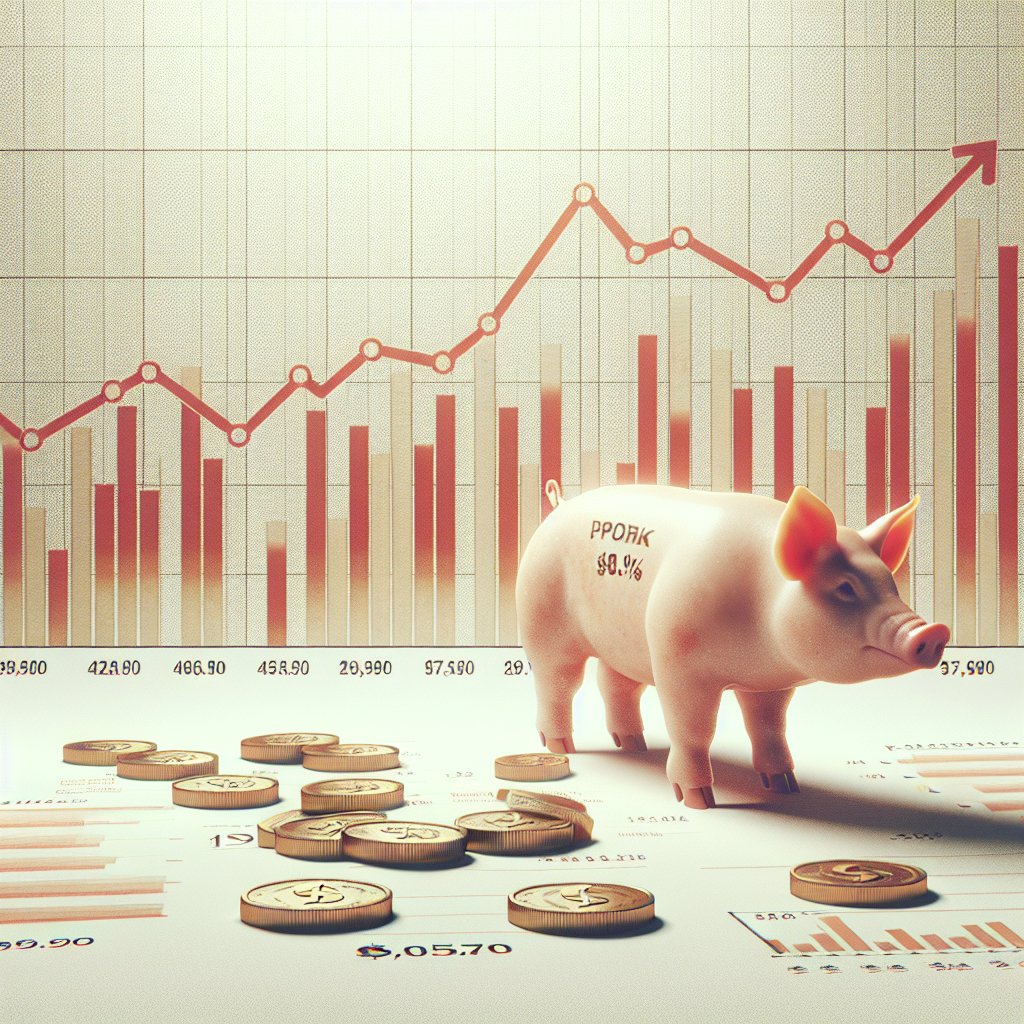The fluctuations in pork prices in Poland have significant implications for both farmers and consumers. Understanding the factors that influence these price changes is crucial for stakeholders in the agricultural sector. This article delves into the dynamics of pork prices in Poland, examining the underlying causes of price variations, the impact of market trends, and the future outlook for the industry.
Factors Influencing Pork Prices in Poland
Several factors contribute to the changing prices of pork in Poland. These factors can be broadly categorized into supply-side and demand-side influences, as well as external elements that affect the overall market environment.
Supply-Side Factors
Supply-side factors primarily relate to the production capabilities of farmers and the overall health of the livestock sector. Key elements include:
- Feed Costs: The cost of feed is one of the most significant expenses for pig farmers. Fluctuations in the prices of grains and other feed components directly impact production costs, which in turn affect pork prices. For instance, a rise in corn or soybean prices can lead to higher pork prices as farmers pass on these costs to consumers.
- Health of Livestock: The health of pigs is crucial for maintaining a stable supply. Outbreaks of diseases such as African Swine Fever (ASF) can drastically reduce the number of pigs available for slaughter, leading to a sharp increase in prices. Farmers must invest in biosecurity measures to protect their herds, which can also influence production costs.
- Breeding Practices: Advances in breeding technology and practices can enhance productivity. Improved genetics can lead to faster growth rates and better feed conversion ratios, ultimately affecting the supply of pork in the market.
- Regulatory Environment: Government regulations regarding animal welfare, environmental standards, and food safety can impact production costs. Compliance with stricter regulations may require additional investments from farmers, which can be reflected in the prices of pork.
Demand-Side Factors
On the demand side, consumer preferences and market trends play a significant role in shaping pork prices. Important aspects include:
- Consumer Preferences: Changes in consumer preferences, such as a shift towards organic or free-range pork, can influence demand. As consumers become more health-conscious, they may be willing to pay a premium for higher-quality products, affecting overall market prices.
- Economic Conditions: The overall economic climate in Poland affects consumer purchasing power. During periods of economic growth, demand for pork may increase as consumers have more disposable income. Conversely, during economic downturns, demand may decline, leading to lower prices.
- Export Markets: Poland is a significant exporter of pork, particularly to countries within the European Union. Changes in international demand, trade agreements, and tariffs can impact domestic prices. For example, if a major export market experiences a surge in demand, it can lead to higher prices domestically.
- Seasonal Variations: Pork prices can also exhibit seasonal patterns. For instance, demand may increase during holidays or festive seasons, leading to temporary price spikes. Understanding these seasonal trends is essential for farmers and retailers in planning their production and marketing strategies.
The Impact of Market Trends on Pork Prices
Market trends play a crucial role in determining the prices of pork in Poland. These trends can be influenced by both domestic and international factors, and they often reflect broader economic conditions.
Technological Advancements
Technological advancements in agriculture have the potential to reshape the pork industry. Innovations in farming practices, such as precision agriculture and data analytics, can enhance productivity and efficiency. For example, the use of sensors and monitoring systems can help farmers optimize feed usage and improve animal health, ultimately leading to lower production costs and more stable prices.
Global Market Influences
The global pork market is interconnected, and changes in other countries can have a ripple effect on Polish prices. For instance, if a major pork-producing country faces a disease outbreak, it can lead to a decrease in global supply, driving up prices worldwide. Conversely, if a country increases its production capacity, it may lead to oversupply and lower prices.
Consumer Trends and Sustainability
As consumers become more environmentally conscious, there is a growing demand for sustainable and ethically produced pork. This trend is prompting farmers to adopt more sustainable practices, which can initially increase production costs. However, as consumers are willing to pay a premium for sustainably sourced products, this shift can ultimately lead to higher prices for certain segments of the market.
Future Outlook for Pork Prices in Poland
The future of pork prices in Poland is likely to be influenced by a combination of the factors discussed above. As the industry adapts to changing consumer preferences, technological advancements, and global market dynamics, stakeholders must remain vigilant in monitoring these trends.
- Investment in Technology: Continued investment in technology and innovation will be essential for maintaining competitiveness in the pork market. Farmers who embrace new technologies may be better positioned to manage costs and respond to market changes.
- Focus on Sustainability: The shift towards sustainable practices is expected to continue, with consumers increasingly prioritizing ethical sourcing. Farmers who can demonstrate their commitment to sustainability may benefit from higher prices and increased market share.
- Market Diversification: Diversifying markets and exploring new export opportunities can help mitigate risks associated with price fluctuations. Farmers and producers should consider expanding their reach to emerging markets where demand for pork is growing.
- Policy and Regulation: The regulatory environment will continue to play a significant role in shaping the pork industry. Farmers must stay informed about changes in regulations and adapt their practices accordingly to remain compliant and competitive.
In conclusion, the prices of pork in Poland are influenced by a complex interplay of supply and demand factors, market trends, and external influences. By understanding these dynamics, stakeholders in the agricultural sector can make informed decisions to navigate the challenges and opportunities that lie ahead. As the industry evolves, adaptability and innovation will be key to ensuring a sustainable and profitable future for pork production in Poland.




